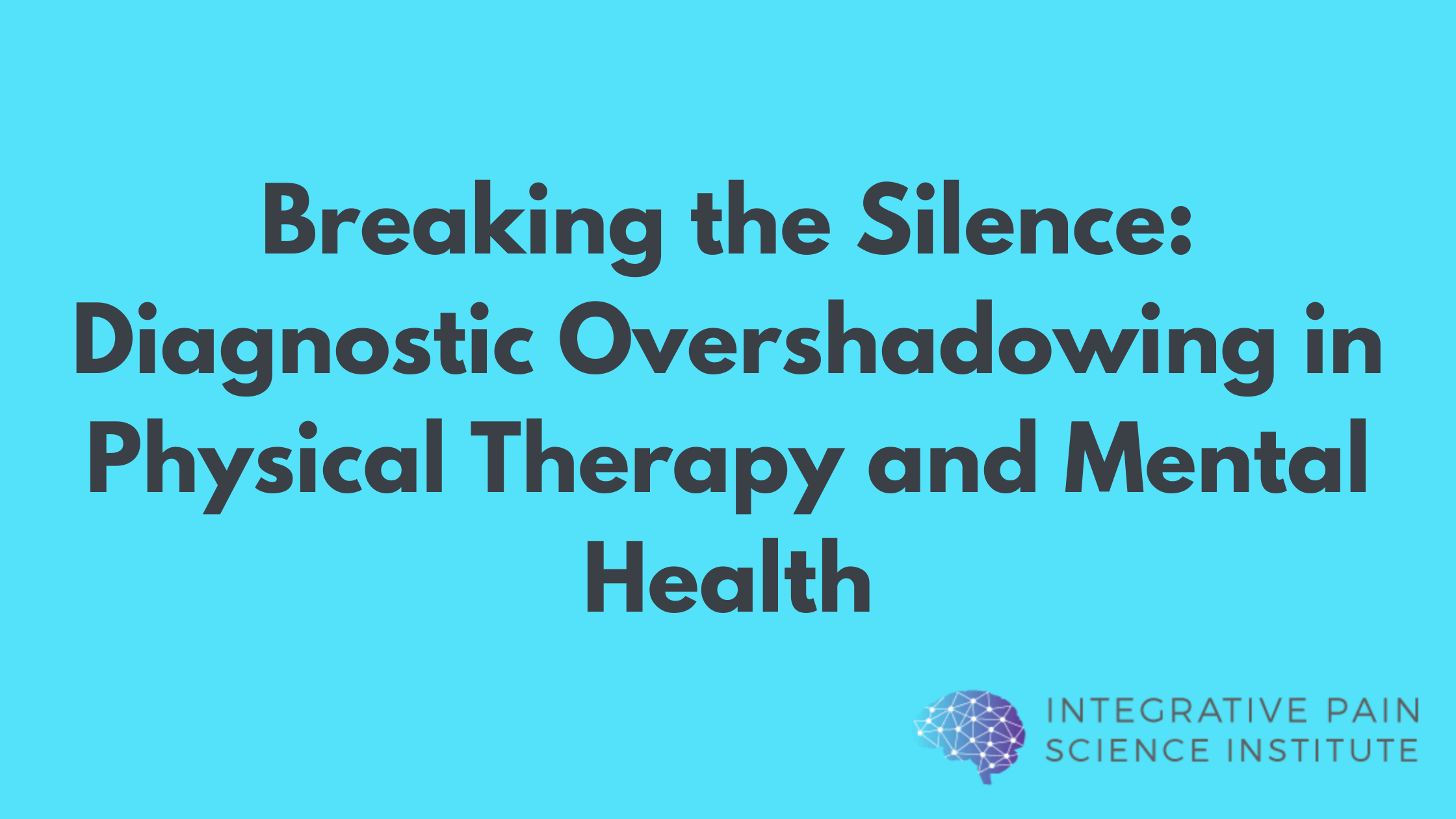Sarcopenia may just be the biggest health problem you’ve never heard of. Simply put, sarcopenia is the loss of lean muscle mass and strength that can start at age 30 but increases exponentially as we age. While it’s unlikely you’ve heard much about it – even in your doctor’s office – an estimated 45% of the older US population is affected by sarcopenia.
Before we dive into what causes it, and how you can prevent it, it’s important to understand why sarcopenia can have such a devastating effect on your health:
- With a loss of muscle mass, the metabolic rate slows down, leading to weight gain and obesity.
- Reduced muscle mass can lead to osteoporosis; in fact, one often accompanies or follows the other (though it’s clear which one gets the most press).
- Problems with mobility caused by sarcopenia can result in falls and fractures as well as a loss of physical function and independence.
- Decreased muscle mass signifies a loss of the metabolic reservoir that would normally help a person recover from illness and surgery.
- Sarcopenia is linked to insulin resistance and type 2 diabetes.
- Older people with sarcopenia are 1.5 – 4.6 times more likely to be disabled than older people with normal muscle.
With the many chronic health conditions associated with sarcopenia, it’s estimated that a 10% reduction in sarcopenia in the US population would lead to $1.1 billion in savings! When you consider its contribution to type 2 diabetes, those savings could be far greater in light of the fact that the annual cost of diabetes is expected to be $192 billion by 2020.
So what causes sarcopenia? We may think of decreased muscle mass as a normal part of aging, but there are a number of preventable factors that contribute to sarcopenia, including:
- Inadequate protein intake: amino acids are the building blocks of muscle mass, and there are certain amino acids that we can only get from food (essential amino acids).
- Chronic, low-level metabolic acidosis (unhealthy levels of acidity in the body).
- Lack of exercise: our modern sedentary lifestyle is a huge factor in sarcopenia.
- Sub-optimal hormone levels: tissue-building (anabolic) hormones include DHEA, testosterone, and growth hormone. As we age, levels of these hormones decline. If abnormally low, the body will be unable to maintain lean muscle mass, regardless of how you eat or exercise.
- Oxidative stress: an imbalance in oxidant and antioxidant levels can lead to muscle loss.
- Inflammation: infamously known for lying at the root of most chronic diseases (see my blog post on gut health and inflammation), inflammation goes hand-in-hand with oxidative stress and can impact muscle mass directly (through catabolic effects) or indirectly (by affecting growth hormone levels).
Most importantly, there are many things you can do to prevent or even reverse sarcopenia:
- Consume adequate quality protein: our protein requirements actually increase as we age, but most people tend to eat less of it. Studies have found that the optimal amount is 60-90 grams of protein per day, divided equally across three meals. The distribution across 3 meals per day (20-30 grams per meal) is critical for building muscle mass. Interestingly, muscle protein synthesis in older people is also impaired when protein is consumed with carbohydrates – so it’s best to limit your carbs with your main meals.
- Focus on anti-inflammatory, antioxidant, alkalizing foods: when you eat plenty of fresh produce and whole foods like those in the Paleo diet or Mediterranean diet (while avoiding processed foods, alcohol, coffee and sugar), you’ll naturally get plenty of anti-inflammatory, antioxidant, alkalizing foods.
- Exercise: hands down, the best forms of exercise for building muscle are resistance training and High-Intensity Interval Training – whereas long duration cardio can actually make sarcopenia worse.
- Monitor hormone levels: consult your doctor to check your hormone levels and, if medically necessary, consider supplementing.
Finally, there are also some supplements to prevent sarcopenia:
- Creatine supplementation in older adults may help offset age-related loss of muscle strength and can improve their ability to perform normal daily tasks.
- Vitamin D helps support both muscle and bone tissue. Low vitamin D levels seen in older adults may be associated with poor bone formation and muscle function.
- Whey protein concentrate (not isolate) is ideal because it contains amino acids in proportions that are similar to those required by humans.
- CoQ10 is a powerful antioxidant and is vital for producing energy in every cell in the body, including the skeletal muscles.
- Carnitine compounds help build strong bones and promote healthy muscle mass.
Visit www.joetatta.com to learn the latest about how to transform your health and reverse chronic disease.
References
http://www.ncbi.nlm.nih.gov/pmc/articles/PMC2871128/
http://www.ncbi.nlm.nih.gov/pmc/articles/PMC2760315/



